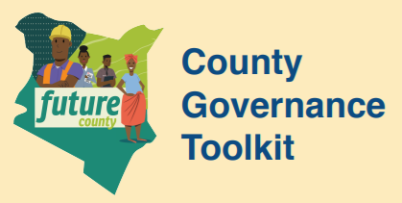- National government, state agencies and commissions: In accordance to the Constitution of Kenya (CoK) (2010) Section 35 (1) and the Access to Information (ATI) Act (2016) the State shall publish and publicise any important information affecting the nation. This applies to all public entities, that is, the national government, state agencies and commissions.
- County Executive: As a public entity, the County Executive is required to proactively disclose public information as per the CoK (2010), the ATI Act (2016) and the County Governments Act (CGA) (2012). Facilitation of public participation is also a function of County Executives as stipulated in Schedule 4 of the CoK (2010) and County Governments Act (CGA) (2012). The County ICT Department and the County Communication Unit are important to the success of the implementation of ATI. The ward and sub-county administrators also play an important role in sharing information.
- County Assembly: As a public entity, the County Assembly is required to proactively disclose public information as per the COK (2010), the ATI Act (2016) CGA (2012). Facilitation of public participation is also a function of County Assembly in the COK (2010) and CGA (2012). The County Assembly is an important player in making sure the ATI Act is implemented. Assembly Committees are required to hold committee sittings in public and facilitate public participation in the performance of its functions.
- Media: Mass media (tv and radio), social media and community (local broadcasts) media for dissemination of county and other public information.
- Civil Society Organisations (CSOs): They are important for the mobilisation of community groups and supporting community conversations on ATI.
- Commission on Administrative Justice (CAJ) or Office of Ombudsman: Oversees and enforces Access to Information Act (2016) and provides support in the complaints redress mechanism.
Source: Situational Analysis of Access to Information, 2018, AHADI.
